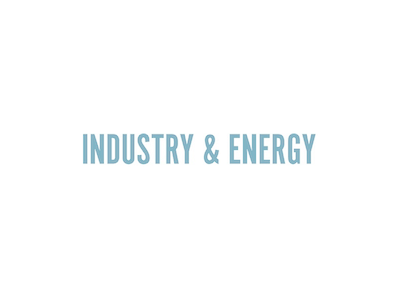The European fertilizer industry welcomes the EU Hydrogen Strategy and particularly the recognition of ammonia as a fuel of the future and emphasizes the potential of ammonia as energy storage technology.
By creating a sustainable and competitive environment for strategic technologies such as low-carbon hydrogen and green ammonia, Europe will prepare a fertile ground for a strong and innovative production base and supply of low-carbon mineral fertilizers in the EU.
Commenting on the publication of the EU’s Hydrogen Strategy, Fertilizers Europe Director General Jacob Hansen said: ‘We welcome the EU Hydrogen strategy as it lays foundation for policies that are expected to create a sustainable and competitive business environment for strategic technologies such as low-carbon hydrogen and green ammonia. Under the right conditions, future fertilizer production could be based on low-carbon sources of energy. While green ammonia could be used beyond fertilizers, for example as a maritime shipping fuel and to transport and store low carbon energy.’
Hydrogen
Hydrogen is the main feedstock to produce ammonia and nitrogen fertilizers. Looking long-term, switching to clean hydrogen would be the optimal way to reduce the carbon footprint of the fertilizer production. However, several barriers remain. ‘Abundant and competitively priced electricity to produce hydrogen is a pre-condition for green ammonia to become competitive and challenge current fertilizer production technology” Jacob Hansen stated.
Carbon Border Adjustments
The right policy framework will be key to move from words to action. Hansen underlined that balancing EU’s climate ambitions with industrial competitiveness will be key to a successful implementation of this strategy. Provided that schemes considered by the Commission such as the Carbon Border Adjustment Mechanism are in place to help maintain a level playing field between EU producers who are subject to carbon costs and non-EU producers who are not, European fertilizer producers should gain the confidence and the economic room to invest in new technologies.
Fertilizer producers are among the biggest producers and users of hydrogen in Europe and therefore the sector is best placed to partner with policymakers to work together towards scaling up the technology in the most cost-effective way. Hansen said: ‘As one of the key producers and users of hydrogen, our sector is best placed to help upscale new technology in the most cost-effective way. We count on cooperation with the EU, Member States and regional authorities as they will play an important role in supporting industries in rolling out new technologies. For example by providing financial incentives, creating markets for low-carbon products, and partaking in development of regional hydrogen resources.’





